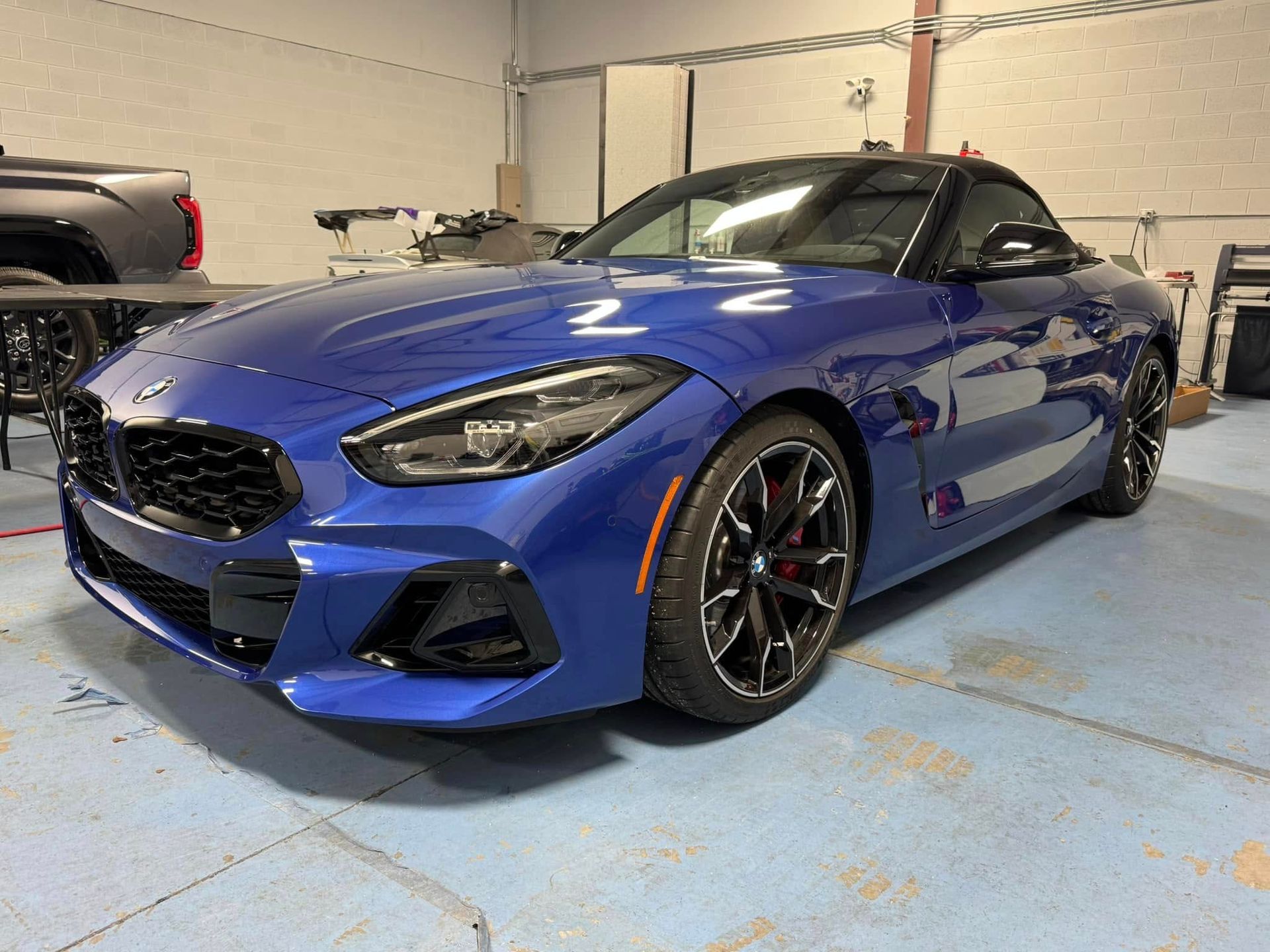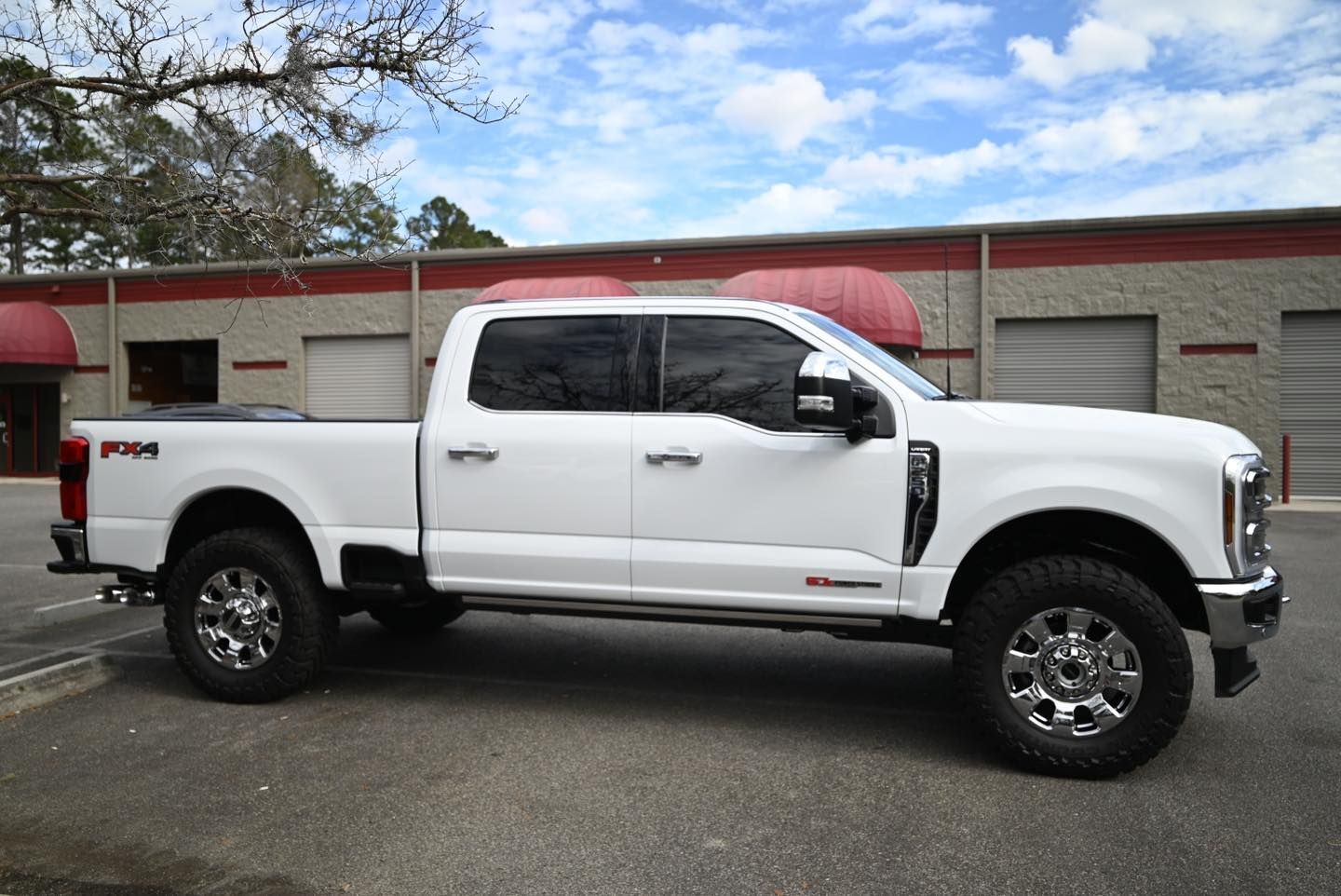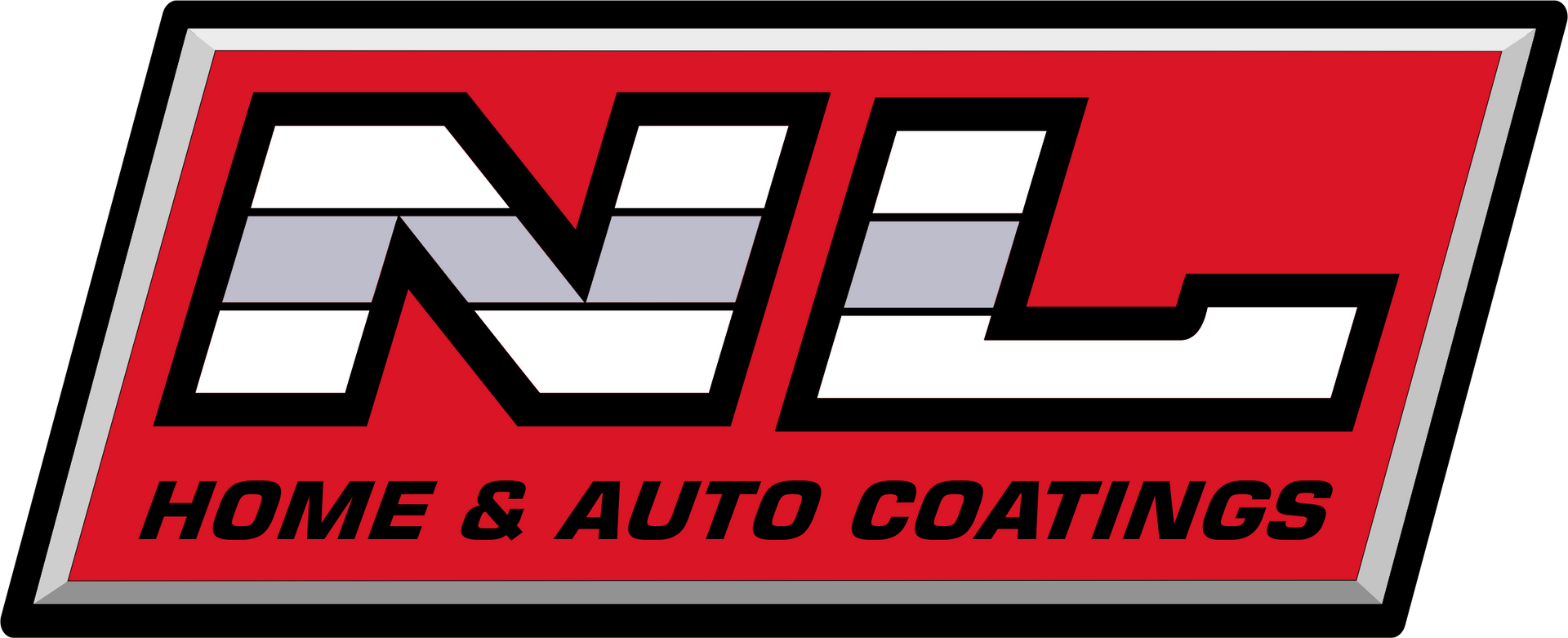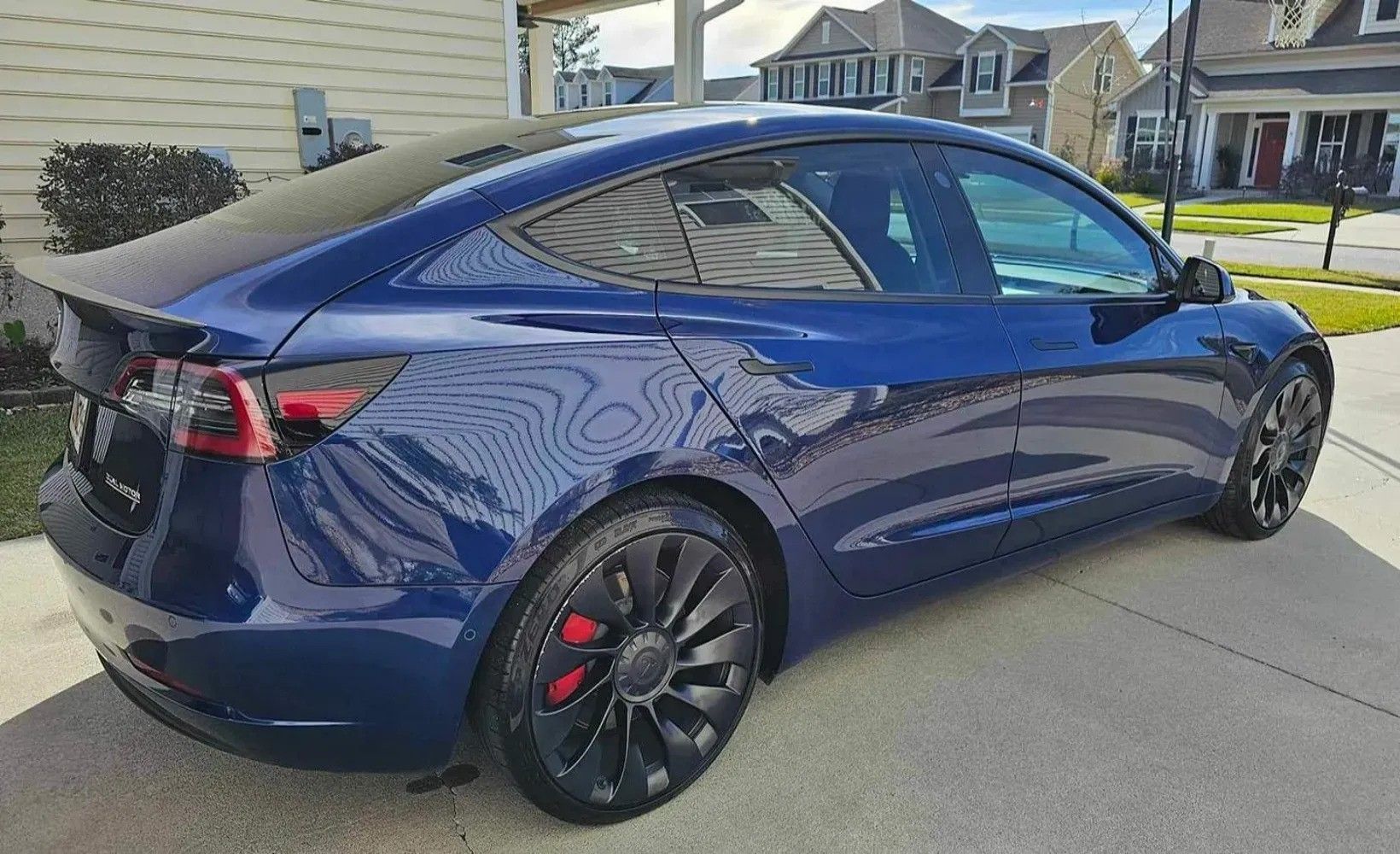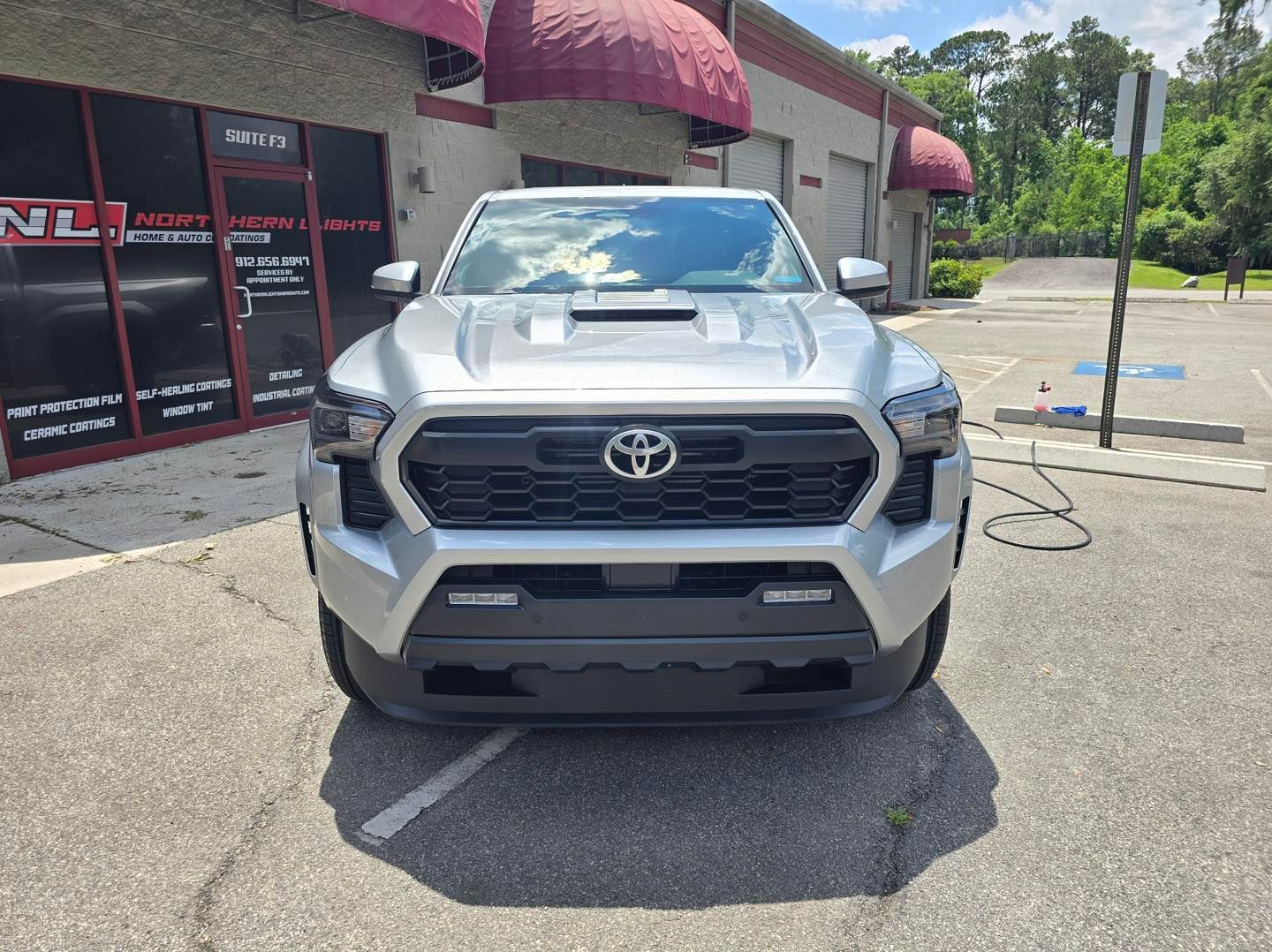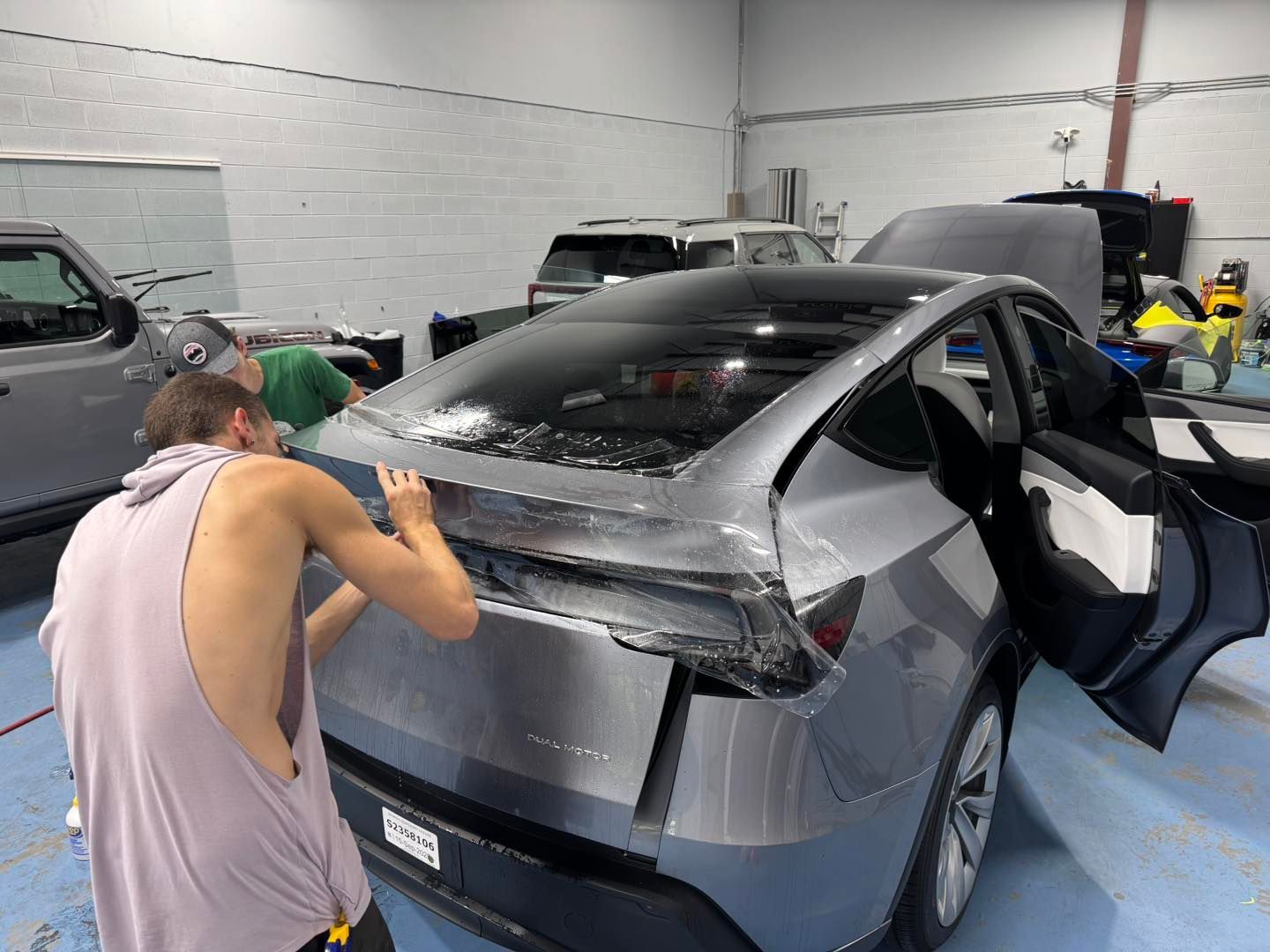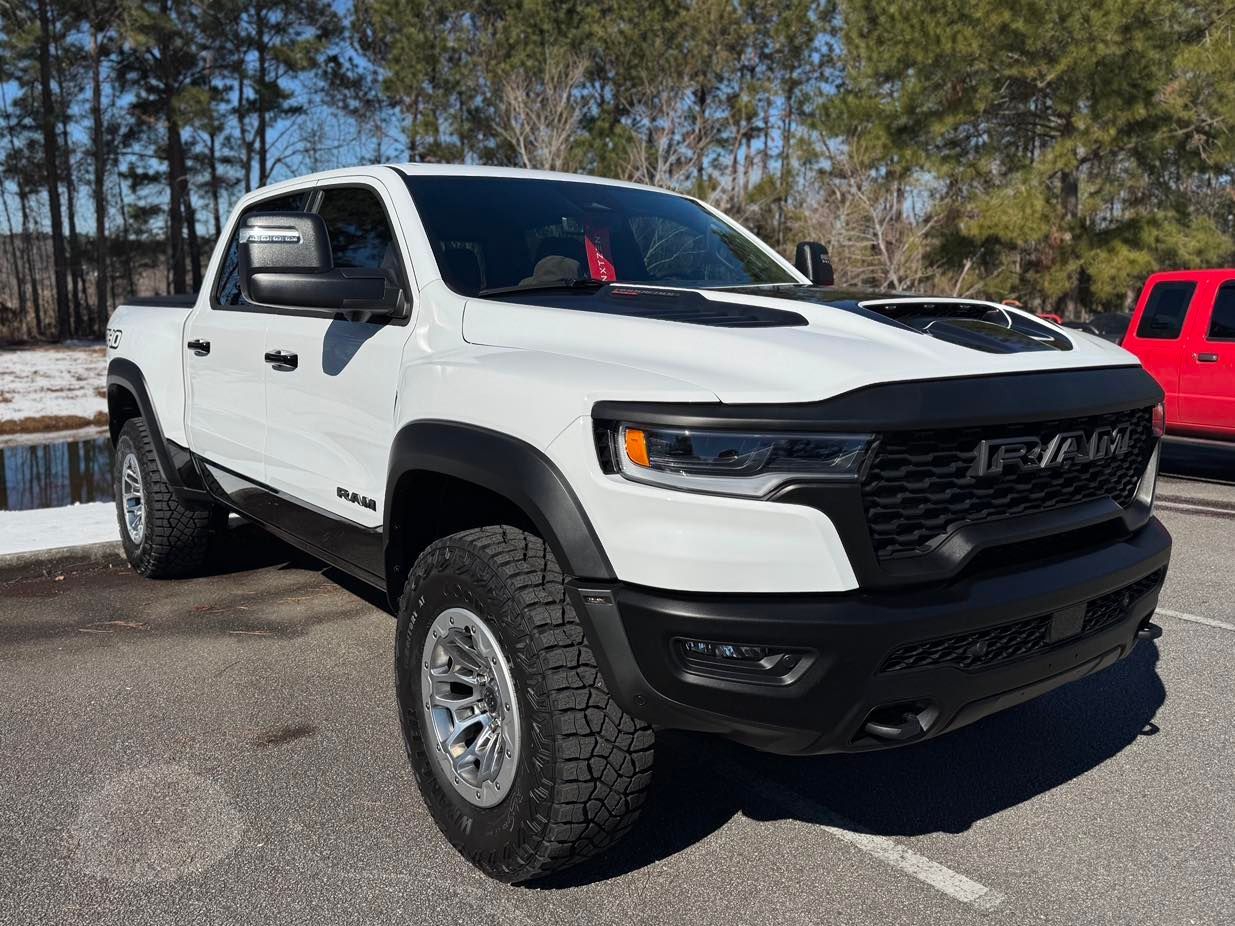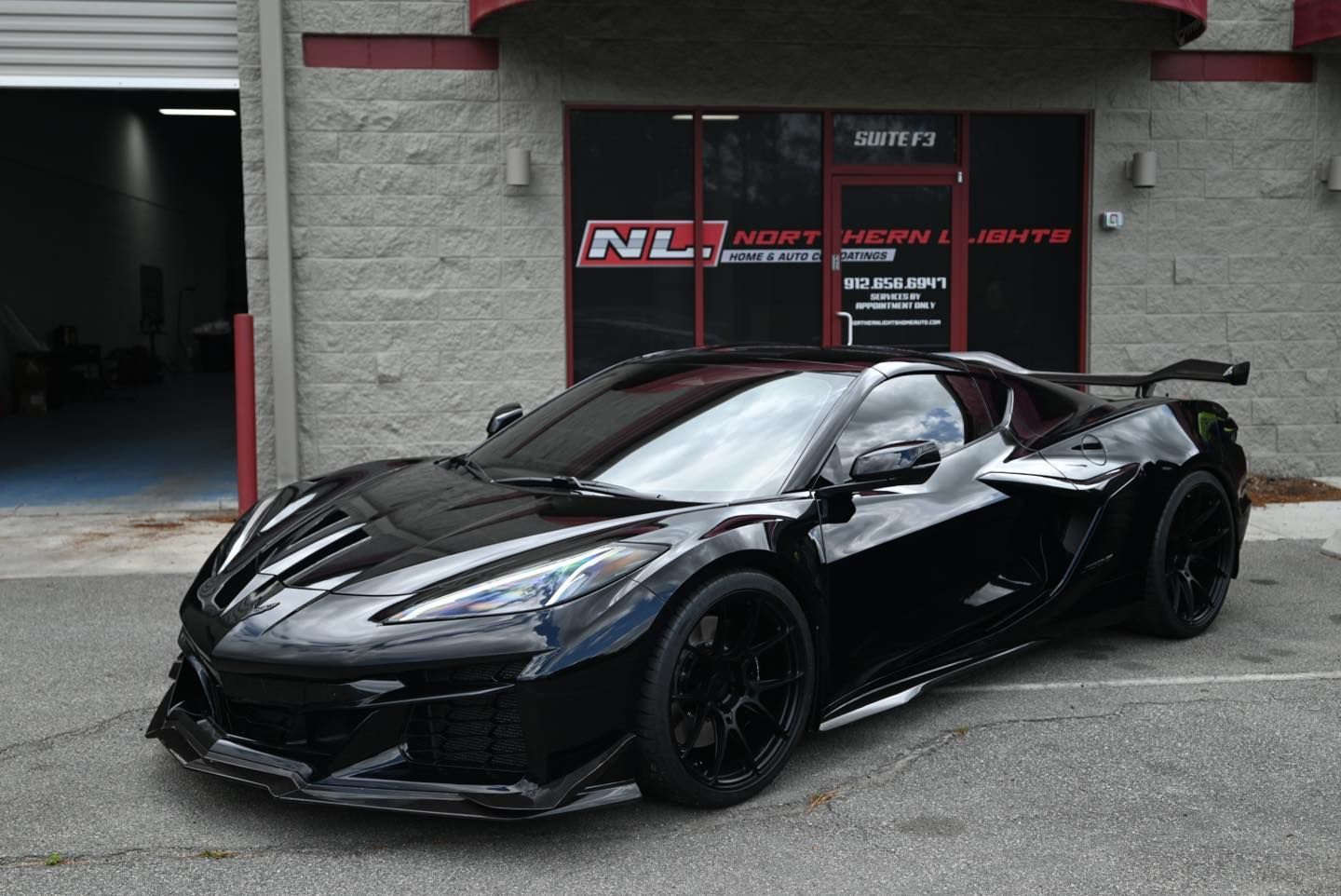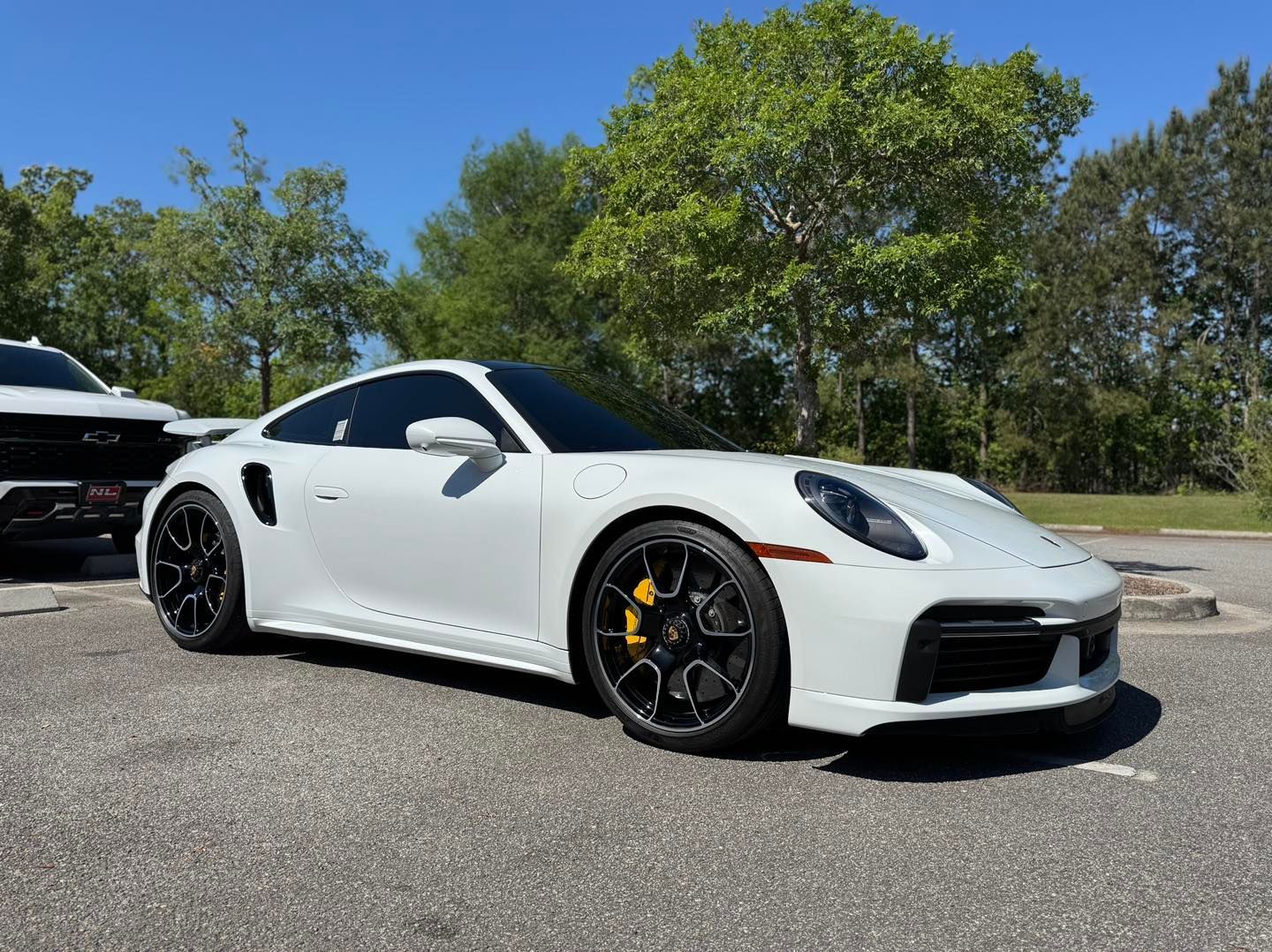Can Paint Protection Film Ruin Your Car's Paint? What You Need to Know
When it comes to keeping your car looking new, Paint Protection Film (PPF) often sparks a debate. Some people fear it might ruin the beauty of their vehicle's paint, while others swear by its protective benefits. If you're among the curious car enthusiasts pondering whether this film is beneficial or detrimental to your paint job, you're not alone! In this article, we’ll explore if paint protection film can ruin your car’s paint. After all, investing in your car's appearance shouldn't come with anxiety—especially when you want to enjoy that stunning finish for years to come!
When applied correctly by certified professionals, Paint Protection Film will not ruin your car's paint; in fact, it is designed to protect it from scratches, chips, and other environmental damage. However, improper installation or low-quality film can lead to issues such as peeling or bubbling, emphasizing the importance of using reputable services for installation.
Exploring Paint Protection Film
Paint Protection Film (PPF) serves as a powerful armor for your vehicle, providing an invisible shield against various elements that can lead to unsightly damage. When you think about driving on the open road, flying stones, weather conditions, and environmental contaminants pose real threats to your car's paint. PPF acts like a barrier, mitigating potential harm while preserving the beauty of your vehicle.
How PPF Works
The design of PPF works as a sacrificial layer, absorbing the impact before it reaches your car's paint. This functionality is especially important for vulnerable areas such as your front bumper, hood, and side mirrors—each often bearing the brunt of wear from road debris and minor accidents. The film absorbs these shocks, preventing scratches and chips that would otherwise require costly repairs or repainting.
Different Types of PPF
- Thermoplastic Polyurethane (TPU): Well-known for its remarkable elasticity and resistance to impacts, making it the most common choice due to its self-healing properties.
- Polyvinyl Chloride (PVC): Offering higher overall durability, PVC tends to be less flexible than TPU. However, it's still effective for standard applications.
- Hybrid Films: Aiming to combine superior qualities from both TPU and PVC for customers seeking ultimate protection with additional benefits.
While it’s clear that PPF comes with a myriad of advantages for vehicle care, misconceptions circulate among auto enthusiasts about its potential impact on your car's paintwork.
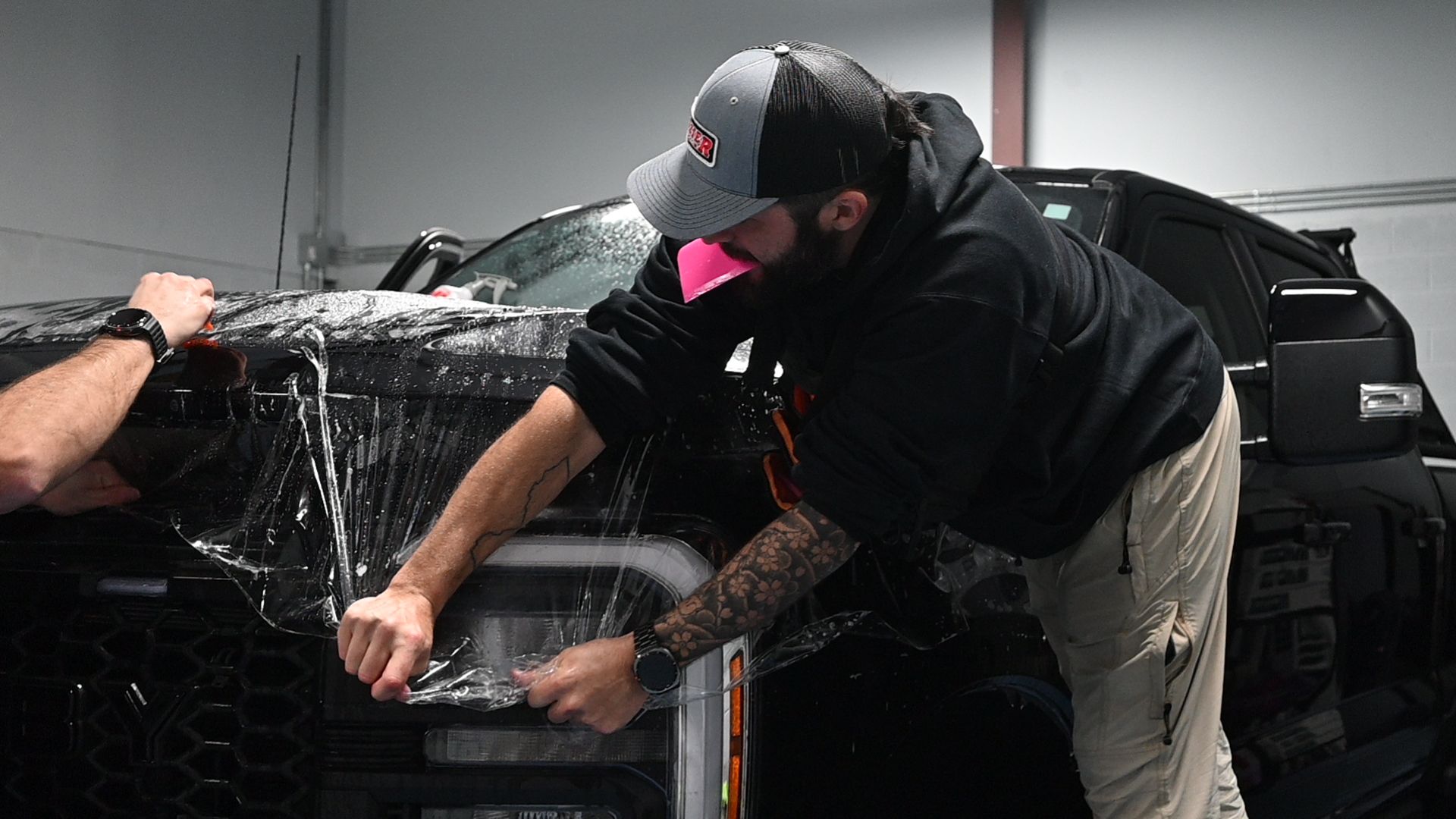
Can PPF Actually Damage Your Paint? Addressing Common Concerns
There are many misconceptions about Paint Protection Film (PPF), with some car owners fearing that it might harm their vehicle’s paint rather than protect it. These concerns often stem from outdated information, improper installation experiences, or low-quality films that were available in the past.
In reality, modern PPF technology is specifically designed to safeguard your vehicle’s exterior without causing any damage. However, improper application, low-grade materials, or incorrect removal techniques can lead to issues. To clarify the facts, let’s address the most common concerns people have about PPF and its effects on automotive paint.
1. Will PPF Cause Paint Peeling or Lifting?
One of the most common concerns is that PPF might peel off and take paint with it. While this can happen in rare cases, it is usually due to poor installation or applying the film to a repainted or poorly prepped surface. Factory paint in excellent condition adheres well to PPF, and proper installation ensures a strong yet safe bond without damage.
However, if the paint is already weak—such as areas with rock chips, deep scratches, or aftermarket paint jobs—there is a risk that PPF may lift loose paint when removed. This is why professional preparation and installation are essential for ensuring the best results.
2. Does PPF Leave Behind Residue or Discoloration?
Some people worry that PPF might leave behind a sticky residue or stains when removed. High-quality modern PPF films are designed to be non-staining and residue-free when properly applied and taken off by professionals. Older films or low-quality materials, however, may yellow over time or leave behind adhesive marks if not maintained properly.
To prevent discoloration, it’s important to choose top-grade, UV-resistant PPF that does not degrade from prolonged sun exposure. At Northern Lights Home & Auto Coatings, we use premium-quality PPF that ensures clarity, durability, and resistance to yellowing.
3. Can PPF damage the paint if it's removed?
PPF is designed to be safely removable without affecting the original paint, provided it is peeled off correctly using proper techniques. Problems occur when car owners attempt to rip off the film forcefully or use improper methods, which may lead to paint damage.
Professional removal involves using heat and controlled techniques to soften the adhesive and lift the film without causing harm. When done by trained technicians, the removal process is smooth, leaving the paint untouched and in excellent condition.
Why Professional Installation Matters
While PPF itself is not harmful, improper installation or removal can cause issues. This is why choosing a professional detailing service like Northern Lights Home & Auto Coatings ensures the film is applied with precision, expertise, and high-quality materials.
Benefits of Professional PPF Installation:
- Proper Surface Preparation: Ensures the paint is clean and free from contaminants before applying the film.
- Flawless Application: Eliminates bubbles, wrinkles, and imperfections that can occur with DIY or inexperienced installs.
- Safe Removal Process: Prevents damage to the paint by using correct removal techniques.
At Northern Lights Home & Auto Coatings, we take pride in offering expert PPF installation, ensuring that your car’s paint remains in pristine condition while being fully protected from daily wear and tear.
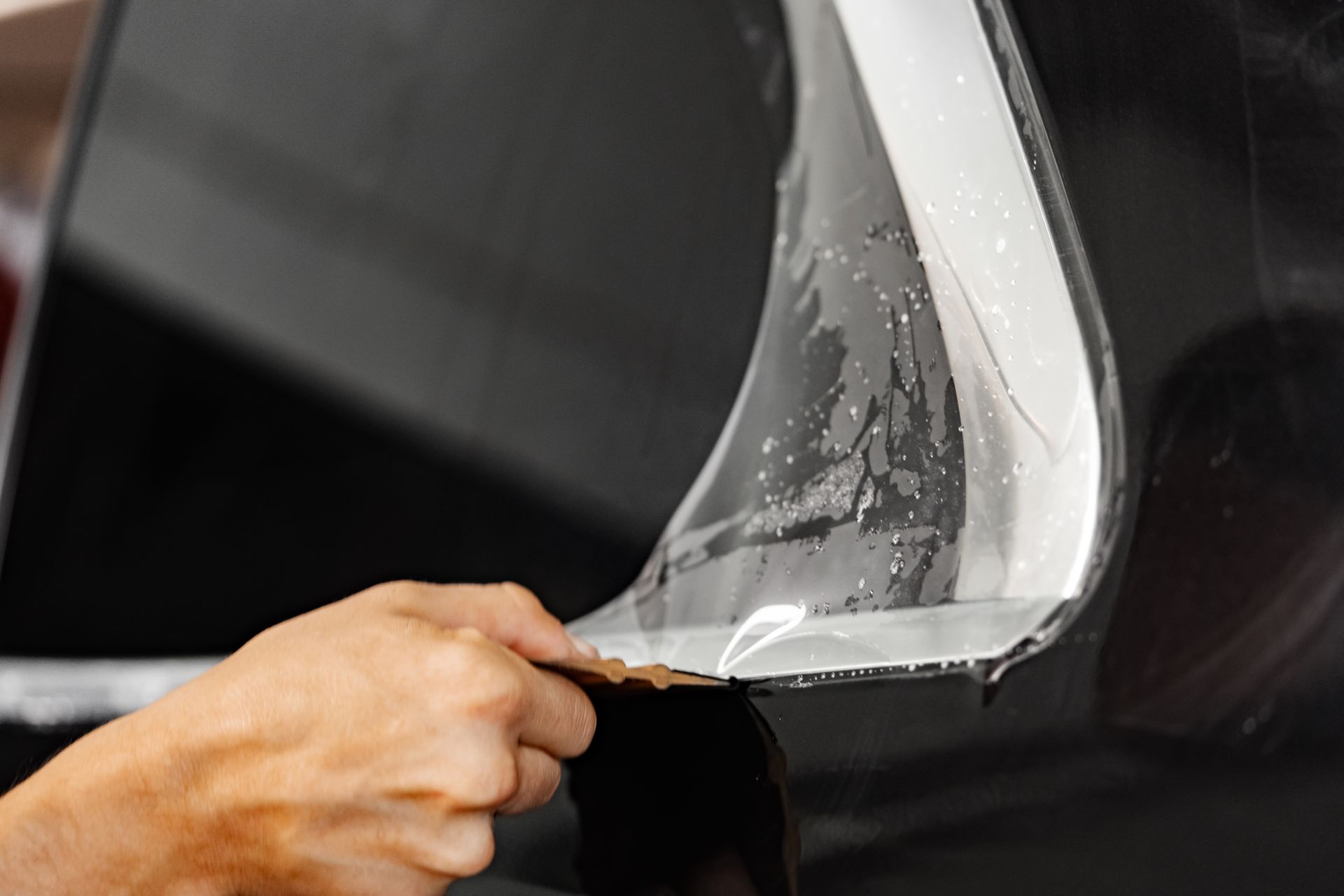
How PPF Protects and Enhances Your Vehicle
Rather than damaging your car, PPF offers significant benefits that help maintain its appearance and value.
1. Shields Against Rock Chips and Scratches
PPF absorbs the impact of small debris, preventing chips and scratches from reaching the paint.This feature is particularly beneficial for high-impact areas such as the front bumper, hood, and side mirrors.
2. Self-Healing Properties Keep Paint Looking New
Premium PPF features self-healing technology, which means that minor scratches disappear with exposure to heat, keeping the surface looking flawless.
3. Protection from UV Rays and Environmental Damage
PPF prevents oxidation, fading, and staining by blocking harmful UV rays and contaminants like bird droppings, tree sap, and road salts.
4. Easy Maintenance and Long-Lasting Results
Unlike wax or traditional sealants, PPF provides years of protection with minimal upkeep, making it a smart investment for long-term paint preservation.
Does PPF Ruin Paint? Absolutely Not!
The idea that Paint Protection Film can ruin your car’s paint is a myth when high-quality materials and professional installation are involved. Instead of causing damage, PPF acts as a protective barrier, preserving the paint’s integrity while reducing wear and tear.
However, it’s crucial to choose the right installers to avoid risks associated with improper application or removal. At Northern Lights Home & Auto Coatings, we specialize in precision PPF installation in Savannah and surrounding areas, ensuring that your vehicle gets maximum protection without any risk to the original paint.
If you’re looking to protect your car’s finish for years to come,
contact us today to schedule a consultation and experience the best in paint protection solutions.
